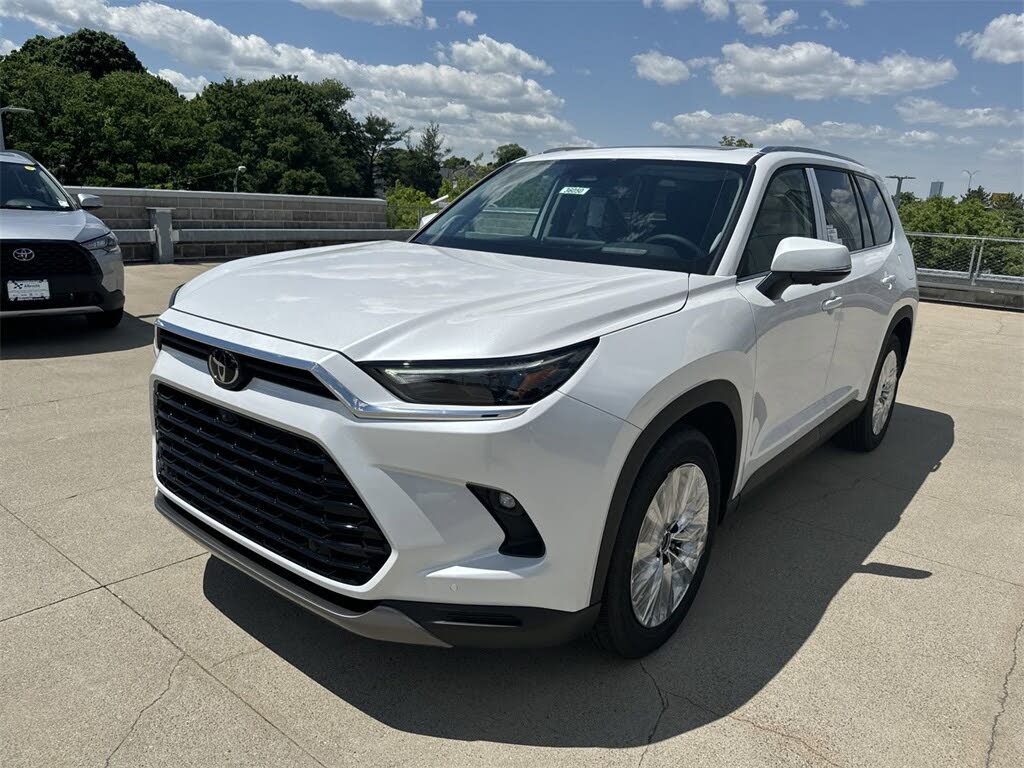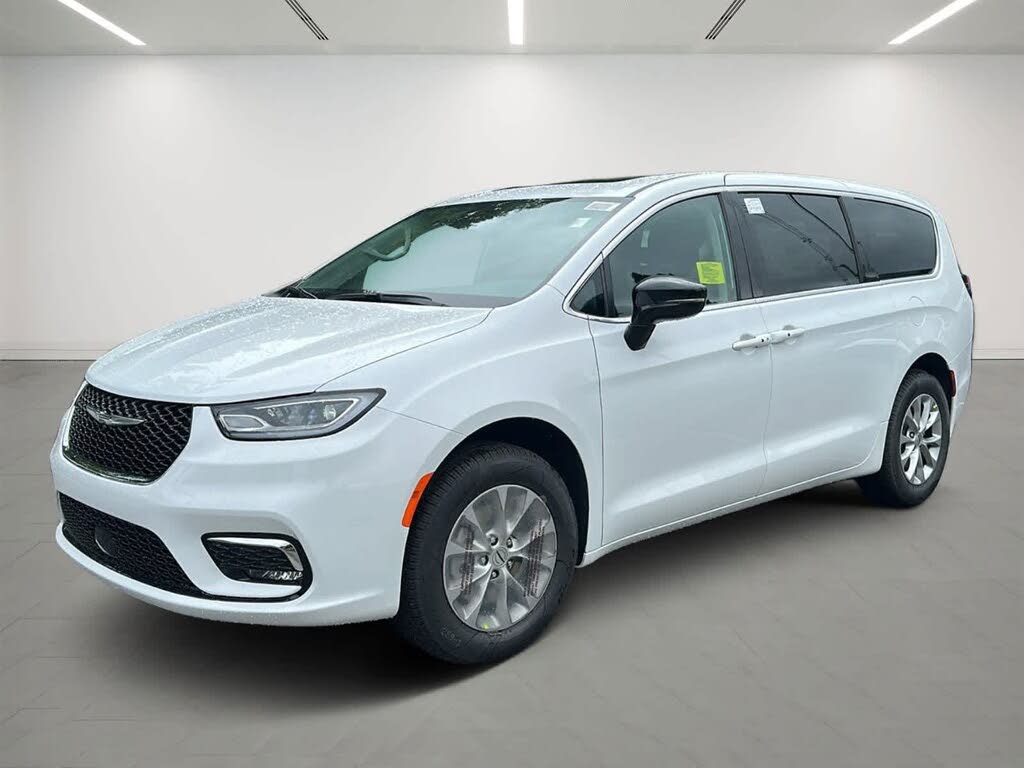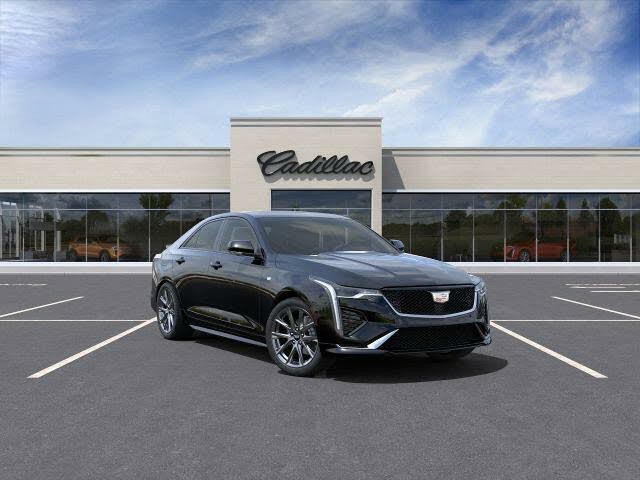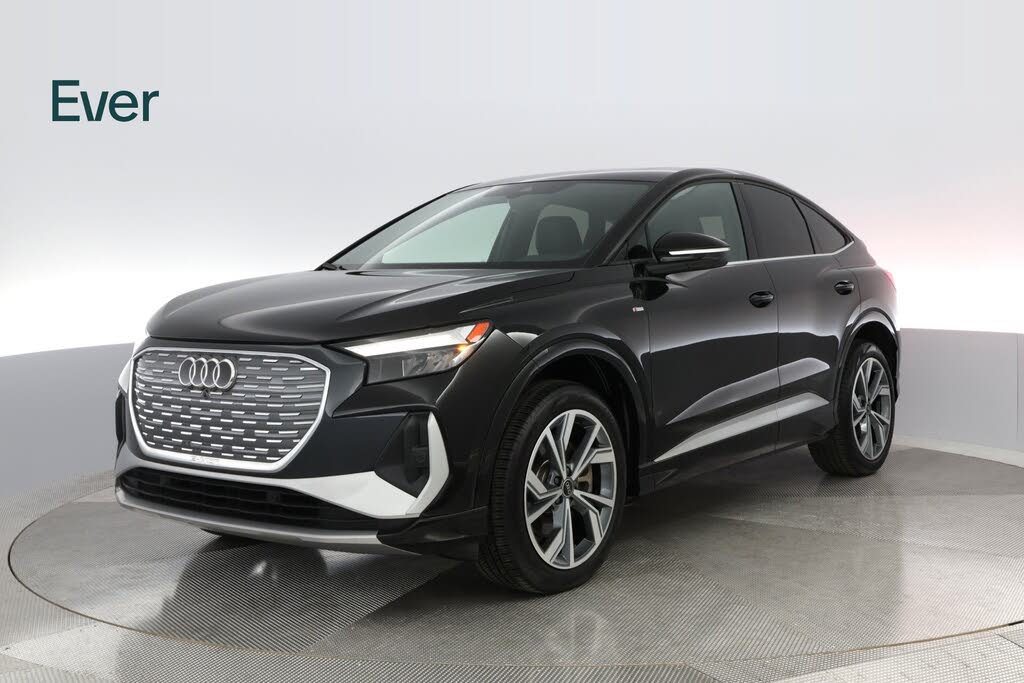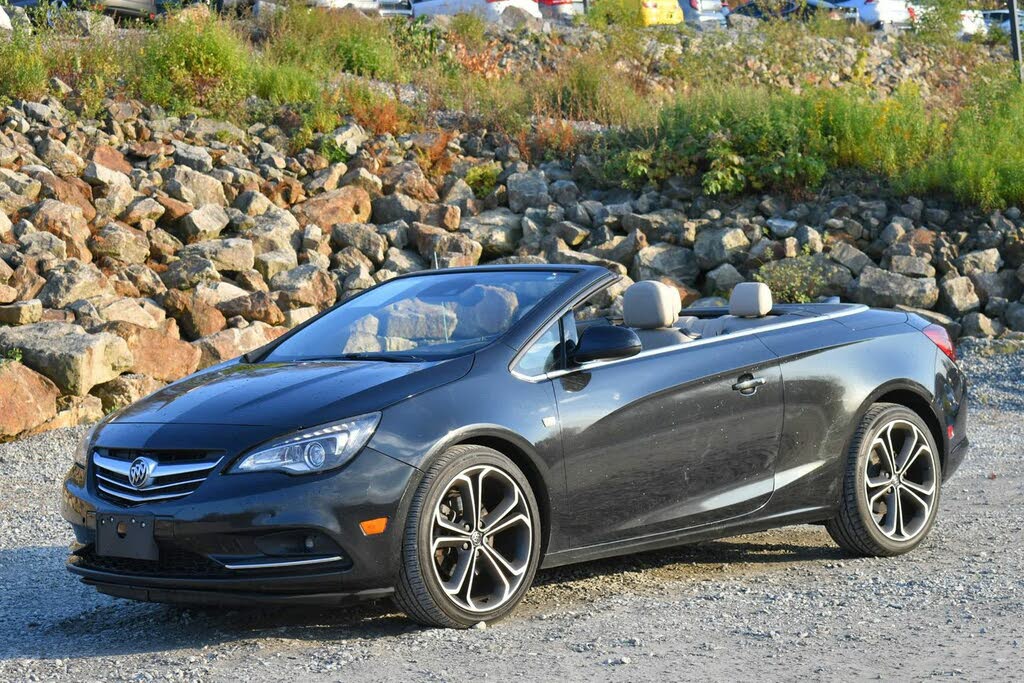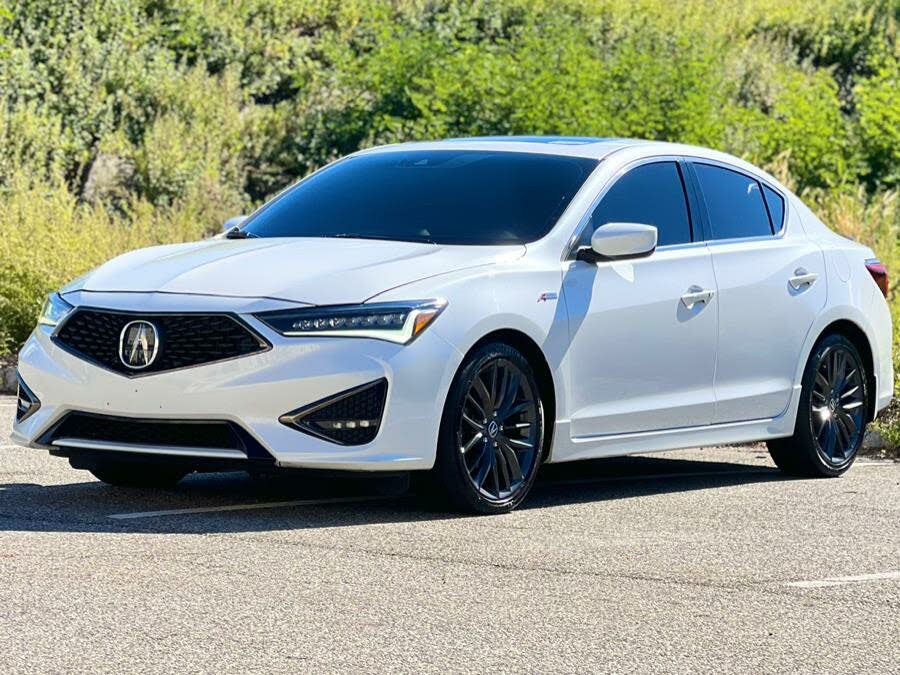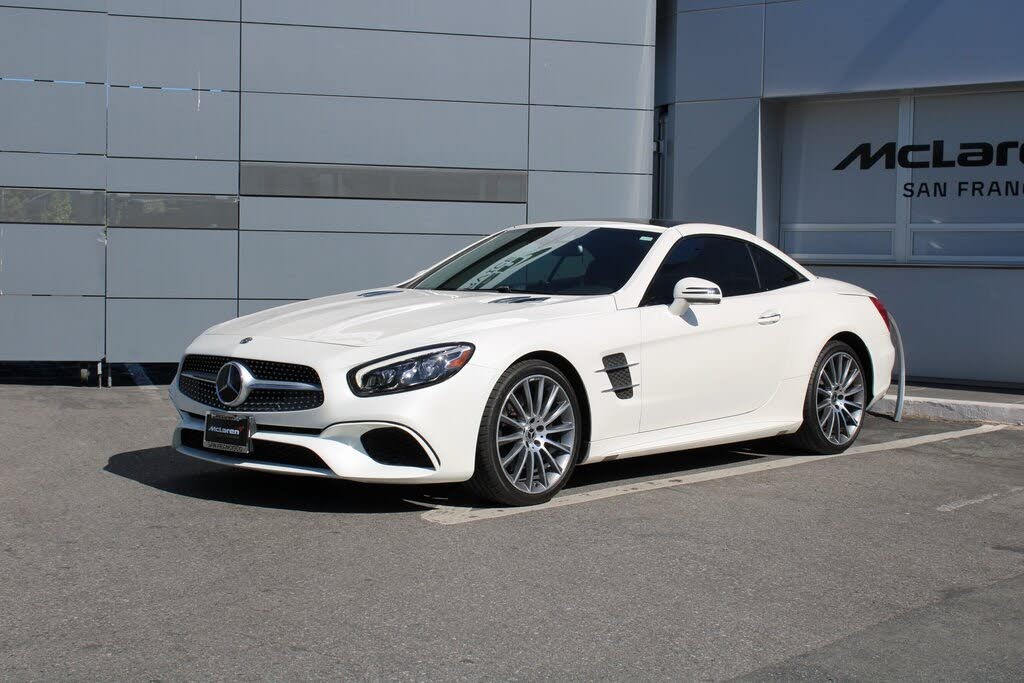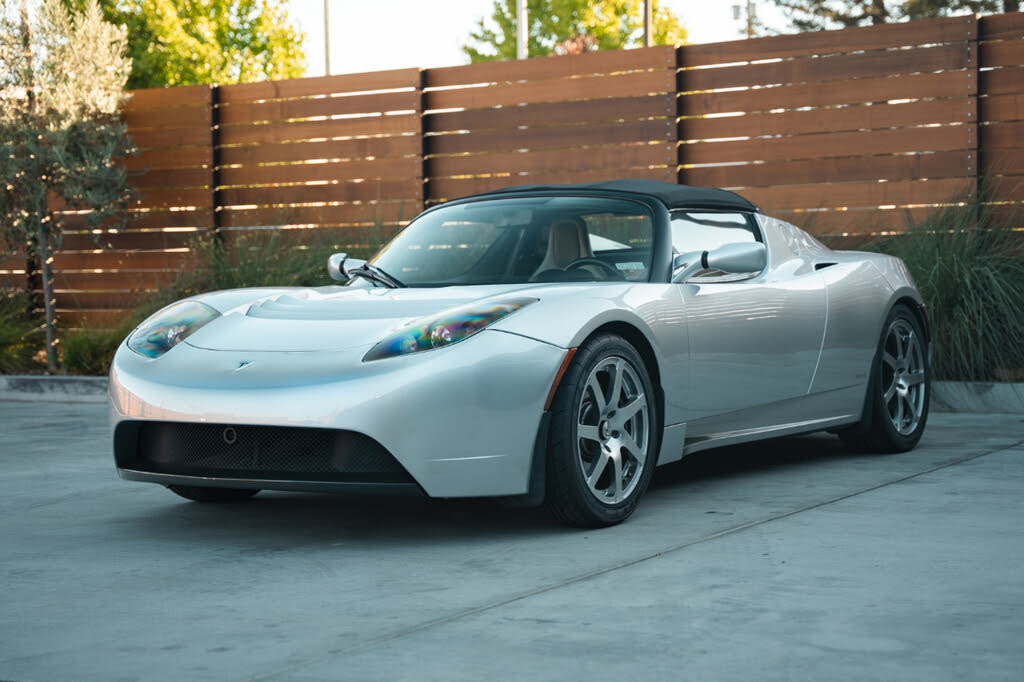2020 Ford Explorer Review: Redesigned Mid-Size SUV in a Crowded Segment
An in-depth analysis of the 2020 Ford Explorer, including the hybrid powertrain, Platinum trim performance, interior comfort, technology, and how it stacks up against rivals like the Kia Telluride and Volkswagen Atlas.
Introduction: The 2020 Ford Explorer Faces Fierce Competition
The 2020 Ford Explorer arrives amid a highly competitive mid-size, three-row SUV market that has seen significant growth with new contenders, especially from South Korea. The Kia Telluride and Hyundai Palisade have set new standards for style, utility, and value, making it imperative for Ford to deliver a bold redesign and fresh features. The 2020 Explorer introduces a complete overhaul, including a new rear-wheel-drive platform replacing the previous front-wheel-drive-based structure, revised exterior and interior design, and the addition of two new trims: the hybrid and the sporty Explorer ST.
In this comprehensive review, we’ll examine the Explorer Hybrid and the top-tier Platinum trim, focusing on performance, fuel economy, interior comfort, and technology, comparing them against key competitors to help you determine if the Explorer remains a top contender.
New Rear-Wheel-Drive Architecture & Powertrain Options
The most fundamental change in the 2020 Explorer is its shift to a rear-wheel-drive (RWD) platform, enhancing towing capacity, handling, and overall driving dynamics. This redesign opens the door to improved weight distribution and more balanced road manners, aligning the Explorer closer to traditional SUVs and light trucks.
The Explorer lineup offers multiple powertrain choices, including a turbocharged 2.3-liter four-cylinder EcoBoost engine, a turbocharged 3.0-liter V6 EcoBoost, a new hybrid system, and the high-performance 400-horsepower Explorer ST. The hybrid variant pairs a 3.3-liter V6 engine with an electric motor, producing a combined 318 horsepower and 322 lb-ft of torque, mated to a smooth 10-speed automatic transmission. Rear-wheel drive is standard, while all-wheel drive is available.
--TOP ADVERTISEMENT HERE--
Driving Experience of the Explorer Hybrid
Ford promotes the Explorer Hybrid as a "no compromise" SUV, cleverly packaging its 1.5-kilowatt-hour battery beneath the second-row passenger seat to preserve cargo space and passenger comfort. Impressively, ground clearance and wading depth remain identical to the gas-only models.
However, while the interior dimensions and utility remain uncompromised, the driving feel of the hybrid powertrain reveals some shortcomings. The transition between electric motor assistance and gasoline engine power isn’t as seamless as modern hybrid competitors, resulting in occasional power surges and subtle throttle lag—reminding some of earlier-generation hybrids rather than a refined contemporary setup.
At speeds between 20 and 60 mph, the hybrid feels more responsive and capable, delivering smooth acceleration for highway passing and on-ramp merges. Yet, during stop-and-go city driving, the hybrid system's irregular power delivery can feel less refined compared to Ford’s turbocharged EcoBoost engines, which excel in linear power delivery and responsiveness from a standstill.
Hybrid Braking & Fuel Economy Performance
One area where the Explorer Hybrid needs improvement is the braking system. The initial pedal feel can be overly grabby, prompting drivers to ease off prematurely and causing inconsistent stopping distances. Despite extended driving, this braking behavior remains only average and might require driver adaptation.
Fuel economy expectations for the Explorer Hybrid are somewhat underwhelming. While EPA official numbers are pending, the non-hybrid Explorer Platinum model delivers 18 mpg city, 24 mpg highway, and 20 mpg combined. Real-world testing on a 1,000-mile trip yielded an average of 23.9 mpg, only marginally better than the 2.3-liter EcoBoost’s 23 mpg combined figure but at a notably higher price point. This contrasts sharply with competitors like the Toyota Highlander Hybrid, which achieves up to 29 mpg combined, offering a more compelling fuel-saving advantage.
--FIRST CONTENT ADVERTISEMENT HERE--
Power & Performance: The Explorer Platinum Advantage
Where the Explorer really shines is in the Platinum trim, featuring a robust 3.0-liter twin-turbocharged V6 engine delivering 365 horsepower and 380 lb-ft of torque. Paired with all-wheel drive and a 10-speed automatic transmission, the Platinum model provides a much more energetic and engaging driving experience.
Its lighter weight—approximately 242 pounds less than the Hybrid variant—and more traditional brake pedal feel contribute to a more confident and dynamic ride. The turbocharged V6 delivers smooth, eager acceleration from standstill through highway speeds, making it the preferred choice for drivers prioritizing performance.
Handling, Suspension, and Steering Dynamics
Thanks to its new RWD-based platform, the Explorer exhibits a distinct truck-like driving demeanor, especially noticeable in its suspension and body roll through corners. The suspension setup is relatively soft, providing a comfortable ride over rough pavement and long highway stretches but allowing noticeable body lean on winding roads or sudden maneuvers.
The steering is a highlight, offering good weight and road feedback, which instills driver confidence despite the vehicle’s size and weight. The Platinum trim benefits from more traditional tires that enhance grip and reduce road noise, whereas the Hybrid’s low rolling resistance tires sacrifice some handling sharpness and generate more cabin noise.
--SECOND CONTENT ADVERTISEMENT HERE--
Interior Comfort & Seating Configuration
The 2020 Explorer features six-passenger seating in most trims, thanks to standard captain’s chairs in the second row, except the base model which is reserved for fleet use only. The second-row seats offer generous forward and backward travel to balance legroom with third-row occupants, plus an easy-release mechanism for quick third-row access.
Ford’s inclusion of textured step mats near the second-row seats is a thoughtful ergonomic touch, helping passengers find their footing when climbing into the SUV.
However, seat comfort is an area that could see improvement. The second-row captain’s chairs have insufficient cushioning and minimal lateral support, exacerbated by slippery leather surfaces on higher trims that allow occupants to slide on curvy roads. This may detract from passenger comfort on winding routes.
Third-Row Space & Practicality
The Explorer provides commendable headroom in the third row, even with the dual-pane panoramic moonroof installed, creating an open, airy cabin atmosphere. However, legroom is understandably tight, suitable mostly for children or shorter adults during longer trips.
A notable downside is the elevated floor height in the rear seats, likely a result of the new RWD platform’s design. With the seat cushion only about six inches above the floor, third-row passengers tend to sit with knees raised uncomfortably close to the chest, reducing overall comfort.
--THIRD CONTENT ADVERTISEMENT HERE--
Technology & Infotainment System
One of the most visible upgrades for 2020 is the optional 10.1-inch vertically oriented touchscreen, replacing the smaller 8-inch standard display. The larger, portrait-style screen occupies a significant portion of the dashboard, improving visibility and ease of use for the driver and front passenger.
The updated SYNC system offers better native navigation and cleaner menus, enhancing the user experience. However, integration with Android Auto and Apple CarPlay on the taller screen presents challenges. The split-screen layout reduces usable space for these smartphone mirroring apps, making icons smaller and sometimes difficult to select accurately.
Additionally, a persistent settings bar for Android Auto or Apple CarPlay consumes valuable screen real estate, which can be distracting. In contrast, the smaller 8-inch screen provides a more proportionate and user-friendly interface for these smartphone functions.
Safety Features & Driver Assistance
The 2020 Explorer is equipped with a comprehensive suite of advanced safety features, including Ford Co-Pilot360 technology. Highlights include lane centering assist, adaptive cruise control, blind-spot monitoring, and automatic emergency braking, which collectively enhance driver confidence and help reduce collision risks.
Lane centering, in particular, works effectively, maintaining the vehicle firmly within the lane on highways with minimal driver input, a notable advantage for long-distance driving.
--BOTTOM ADVERTISEMENT HERE--
Competitive Landscape: How the Explorer Compares
The mid-size three-row SUV segment has become one of the most fiercely contested categories in the automotive market. Key competitors include the Kia Telluride, Hyundai Palisade, Toyota Highlander, and Volkswagen Atlas. Each brings its own blend of style, value, performance, and features, making consumer choice a challenge.
The Kia Telluride has garnered praise for its upscale materials, spacious interior, and excellent value, often considered the new benchmark for large SUVs. The Volkswagen Atlas impresses with generous cargo space and solid German engineering, while the Highlander offers a more fuel-efficient hybrid alternative.


